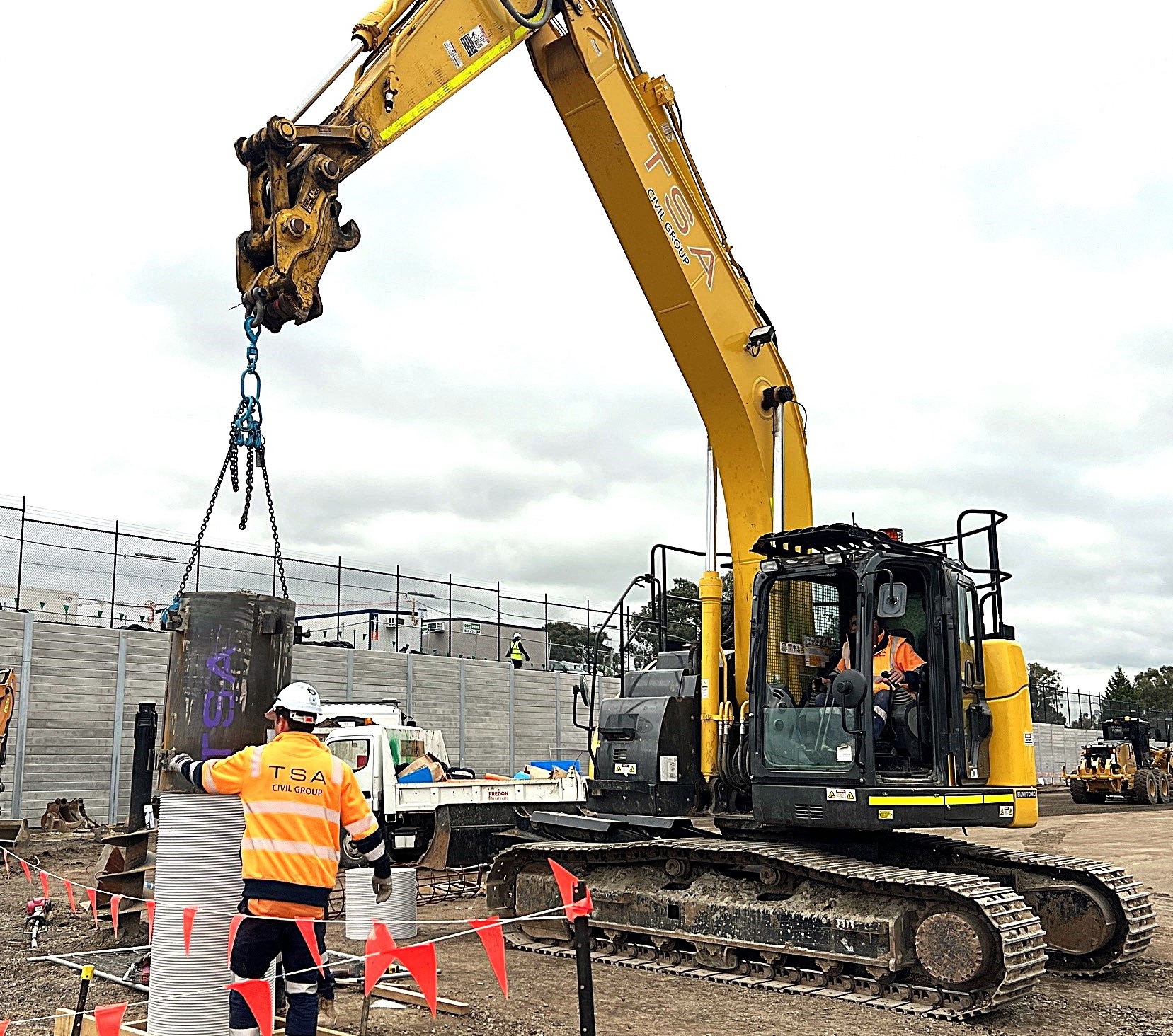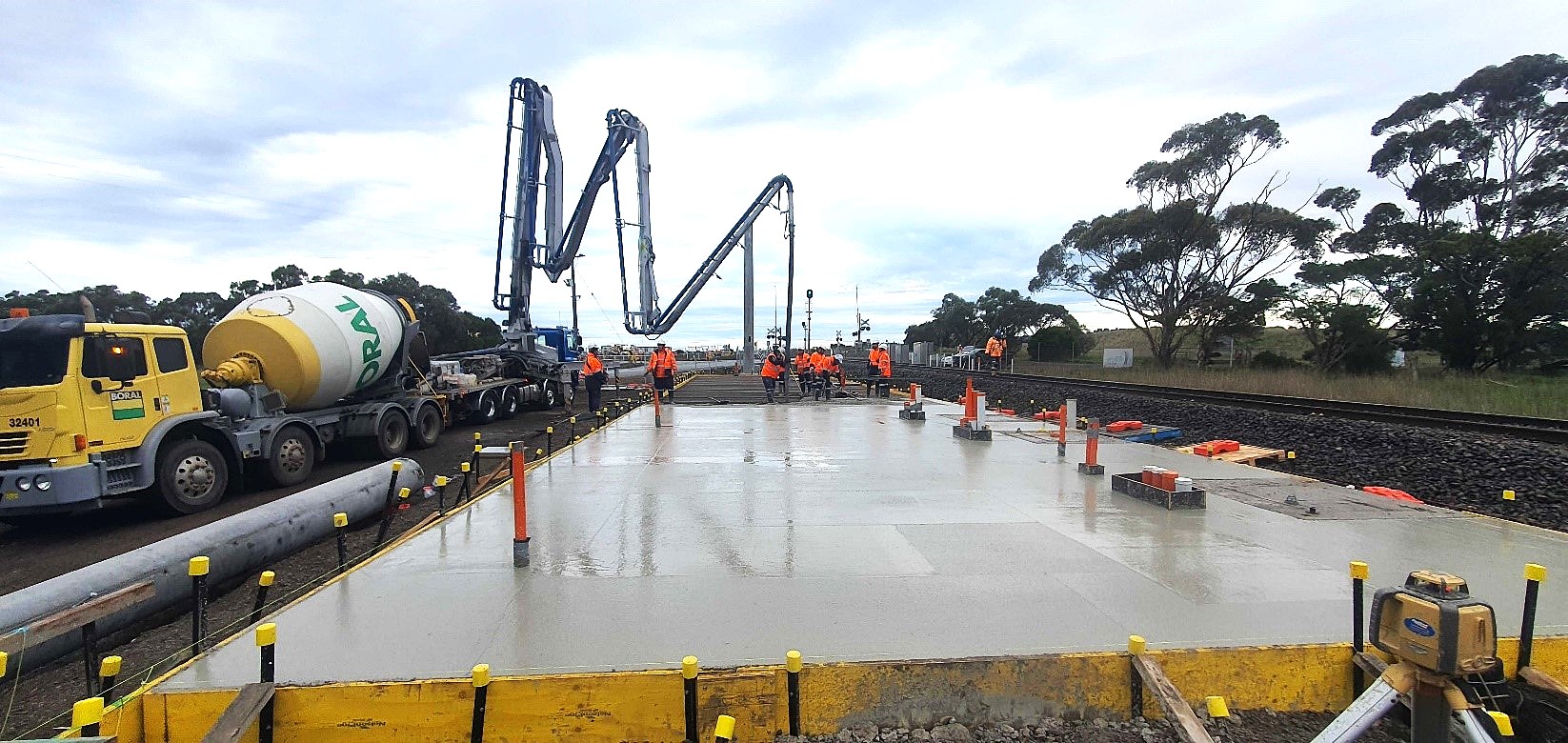In any high-risk work environment—whether it’s laying underground cabling or installing an electric charging station—near misses are bound to occur. But at Tradetech Services Australia (TSA), we believe these close calls are more than just near disasters—they’re critical opportunities to learn and improve.
What Is a Near Miss?
A near miss is an unplanned event that didn’t cause harm but had the potential to. The key point is what could have happened. A tool slipping from height but landing just short of a worker. A delivery truck reversing without a spotter. A live cable exposed but caught just in time.
These are moments that, without intervention, could easily have led to injury or property damage. And they happen every day across civil works and construction sites, battery storage systems, and renewable energy infrastructure projects alike.
Recognising near misses as data points—not just close calls—helps TSA stay ahead of risks before they escalate.
Why Near Misses Matter More Than You Think
The instinctive reaction to a near miss is often relief and a quick return to the job. But that mindset can be dangerous. When we don’t analyse near misses, we miss the opportunity to fix underlying issues.
At TSA, we actively encourage our crews to treat every near miss like a warning sign—because it is. It’s a chance to ask:
- What factors contributed to this event?
- How can we eliminate or reduce those factors?
- What changes should we make in process, equipment, or behaviour?
This proactive approach is part of our broader commitment to infrastructure project management that puts people and outcomes first.
A Culture of Learning, Not Blame
One of the biggest challenges in managing near misses is overcoming the fear of reporting. Workers worry they’ll get in trouble or be seen as careless. That’s why TSA focuses on building a blame-free reporting culture.
We make it clear that:
- Reporting is a sign of strength, not failure
- Every report helps prevent future incidents
- Leadership values transparency and takes action
By creating psychological safety for our team members, we get better reporting—and ultimately, safer sites.
Proactive Risk Awareness in Practice
From civil and electrical services to EV charging station installation, TSA embeds proactive risk awareness at every level. Here’s how:
- Toolbox talks that review recent near misses across teams
- Site walkthroughs with risk identification training
- Simple reporting processes that don’t interrupt workflow
- Leadership follow-ups on reported incidents
This mindset ensures we’re always looking forward—preventing instead of reacting.
Safety Is a Strategic Advantage
TSA’s clients span industries where safety is not negotiable. By proactively managing risks and learning from what almost happened, we not only protect our people—we improve performance, reduce downtime, and deliver projects more reliably.
In fast-evolving sectors like Data Centre underground infrastructure and renewable energy, where innovation and safety go hand-in-hand, that matters more than ever.


